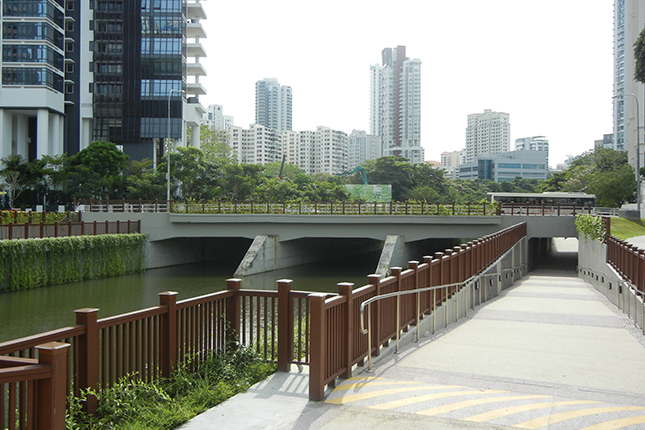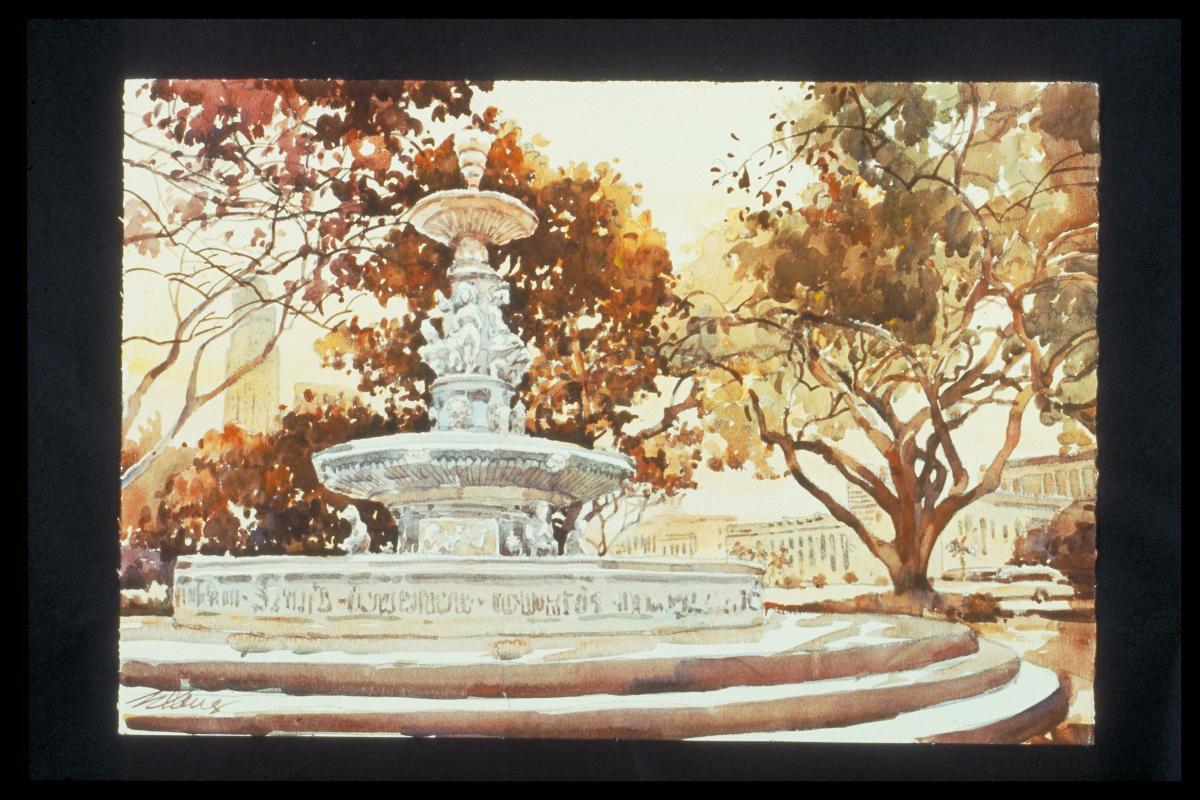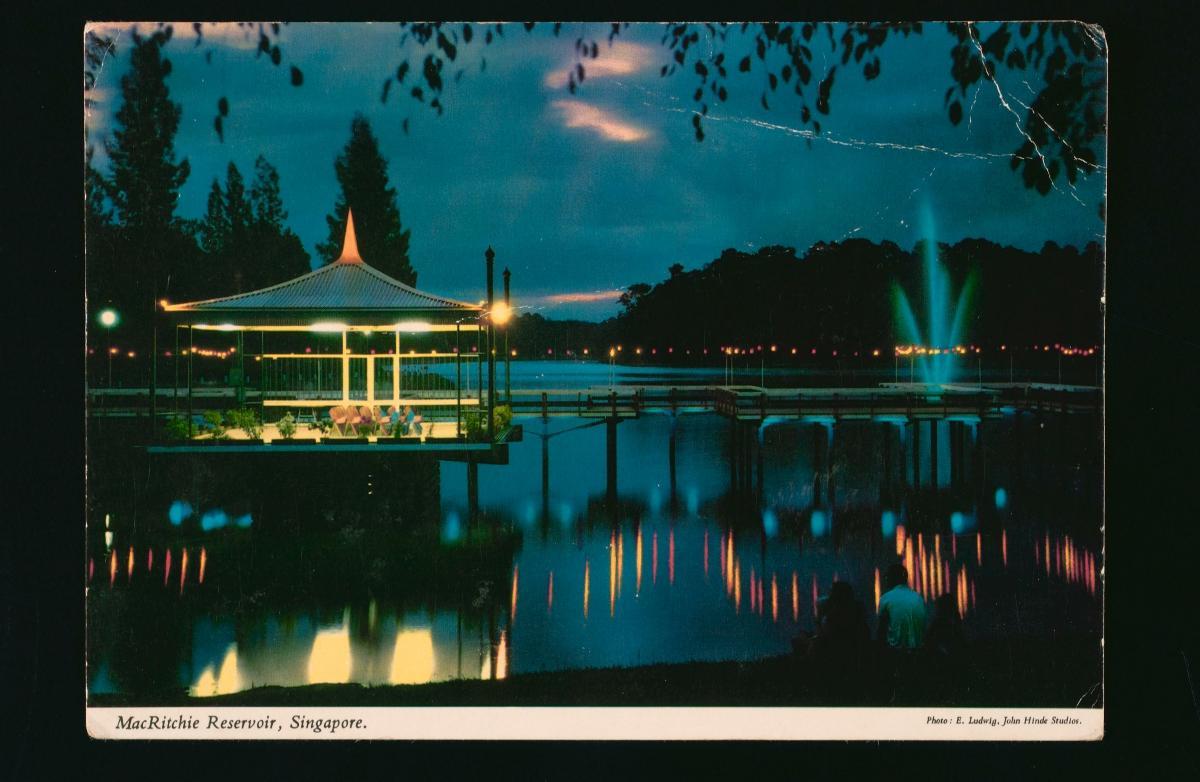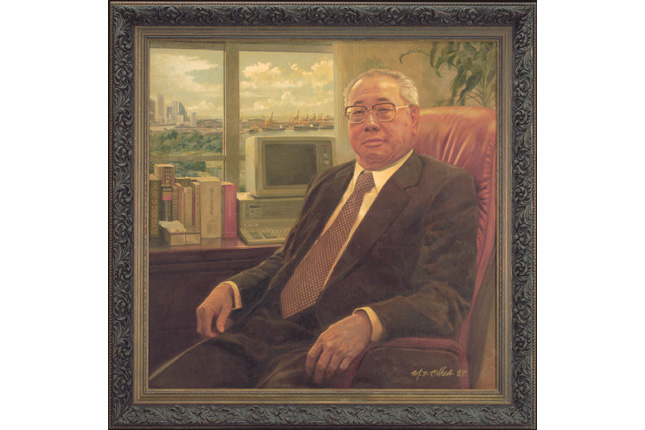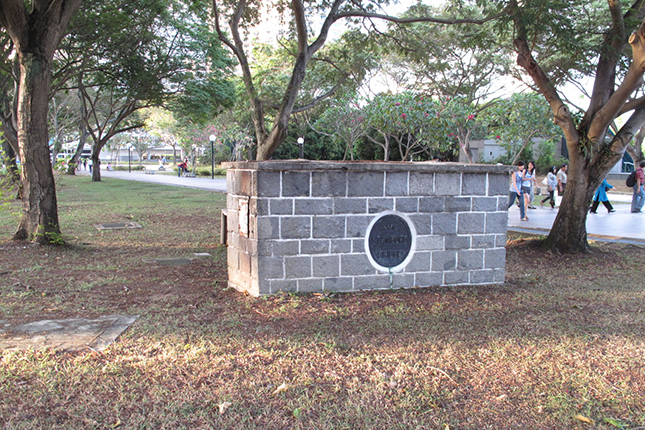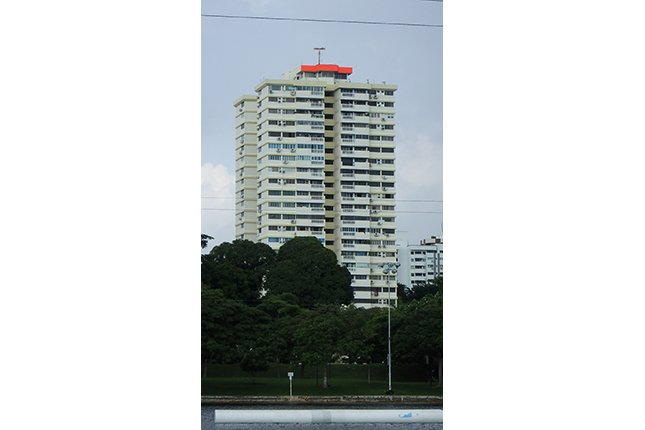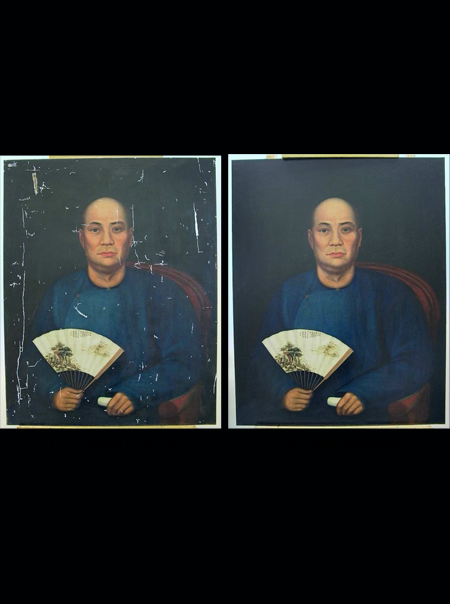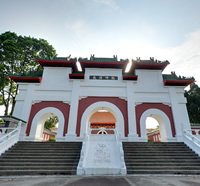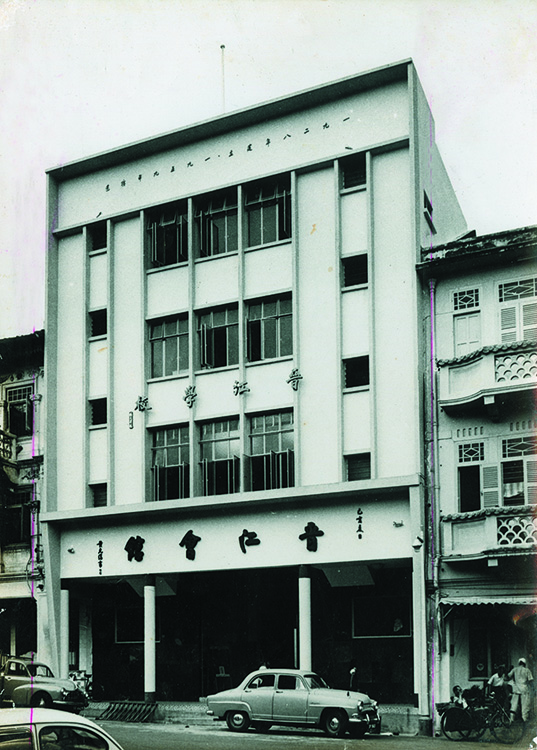Its modern utilitarian appearance belies the warmth and charity of Tan Kim Seng — a pioneer renowned for his philanthropy and contributions to early Singaporean society.
Kim Seng Bridge is the most westward of the nine bridges that cross the Singapore River.
Able to accommodate four car lanes, the bridge measures 26 metres long and 20 metres wide. Its concrete frame — devoid of distinguishing features and embellishments — is purely utilitarian in its architectural design.
With a budget of $370,000, contractors Ewart and Company built the bridge in 1951. High tensile steel was specially imported from Britain and threaded through with prestressed concrete — forming a sturdy structure that could hold a considerable 13 tons per square metre.
Due to its strategic location, the extensive bridge allowed a heavy volume of vehicles to enter and exit the city swiftly — thus serving a role of great importance.
Few who cross it today are aware of its predecessor: the original Kim Seng Bridge, which was financed by its namesake, distinguished philanthropist and pioneer Tan Kim Seng (1806–1864) in 1862.
In fact, it is only one of several structures named after Tan Kim Seng. The owner of several nearby properties, Tan financed the construction of the original Kim Seng Road and Bridge to allow for greater ease of transport.
Tan also gave his name to the Tan Kim Seng Fountain — commissioned by the municipal commissioners in 1882 to commemorate Tan’s $13,000 contribution towards waterworks development in Singapore. Renovated in 1994 at the cost of $1.12 million, the gazetted national monument now stands at the Esplanade Park.
Buildings and sites featured on Roots.SG are part of our efforts to raise awareness of our heritage; a listing on Roots.SG does not imply any form of preservation or conservation status, unless it is mentioned in the article. The information in this article is valid as of December 2019 and is not intended to be an exhaustive history of the site/building.




